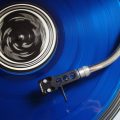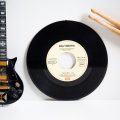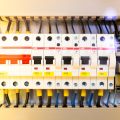So, you have just about had it with the vinyl crackle getting in the way of your listening experience? Or perhaps you just want to know a bit more about your records and record player and why the vinyl crackle is coming about in the first place. Maybe you are even one of those masochists that enjoys the sound of vinyl crackle so much that you are looking for some tips and how to induce it more.
No matter your ultimate reason for being here today, we will be looking at the reasons that vinyl crackle occurs during one’s record listening experience and how we might go about preventing it, if that is indeed what you intend to do with the information laid within this article.
What Causes Vinyl Crackle?
The reason for a record exhibiting the dreaded vinyl crackle might be as simple as there being some dust and debris lying embedded in the grooves of the records you are seeking to play. Seeing as they are constructed in this way, it is all too normal for the grooves of a record to become clogged in this way, almost as though they are designed this way on purpose, so we need to keep buying more records…
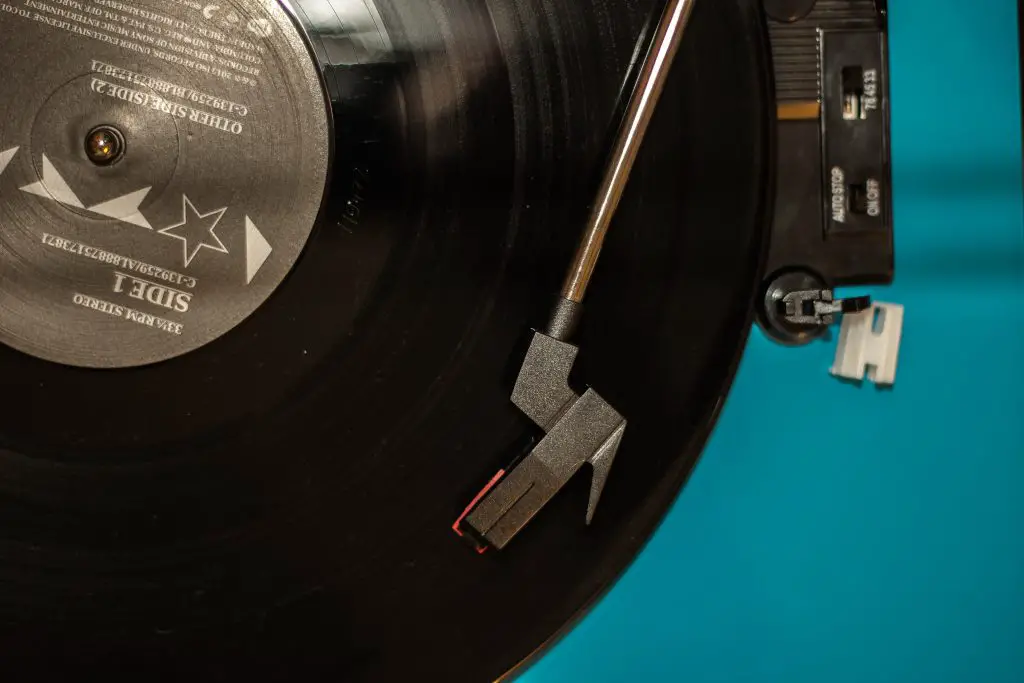
You can very easily hear if dust is causing an issue, though you might want to take a closer look with a magnifying glass to see whether the problem is indeed caused by dust or whether it is caused instead by static build up, which to the ears alone can produce a very similar of not identical sound.
A build up of static electricity can cause the very same vinyl crackle as a build up of dirt, which can be even more frustrating as it is something that you cannot necessarily see with your own eyes. Much as with the dirt and dust that might be found within the grooves, however, this is a fairly easy issue to address and will almost certainly not cause any damage to the record in question, and I might even suggest it is in fact easier to address.
The record might even be laden with scratches and scraped, which are not so easily remedied, though some record collectors might suggest otherwise, telling you that it is possible to fill more dramatic scratches in a record with epoxy or wood glue. No doubt this would fill in the scratch and would mean that the needle would not jump as it otherwise might. However, needles are not designed to grind against such materials, so there is also no doubt that the needle will suffer for it over time and might need to be replaced with time.
How to Prevent and Minimise Vinyl Crackle
Now that we have elucidated for you how vinyl crackle comes about it in the first place, hopefully demystifying what can sometimes appear to be quite a bundle of question marks, now we move on to how you can treat and prevent said vinyl crackle from getting in the way of your record listening experience. If you are someone for whom the amount of vinyl crackle involved in a listening experience is conducive to how much you will enjoy it, then I suggest you look away now, at this handily implemented clip custom designed for your purposes.
Preventing Dirt and Static with a Plastic Sleeve
You will no doubt be at least somewhat familiar with these kind of sleeves already if you have been anywhere near a record store in the past century. They are not just there for decoration, though they do have a very decorative purpose in mind.
Far too often, you can receive a record in the post with a perfectly preserved disc but with a sleeve that is in tatters. Since so much of the holistic experience of listening to and appreciating a record is in the sleeve – listening to a record properly, sitting back and holding the sleeve up to one’s gaze like art – then it seems only right to preserve the sleeve at all costs.
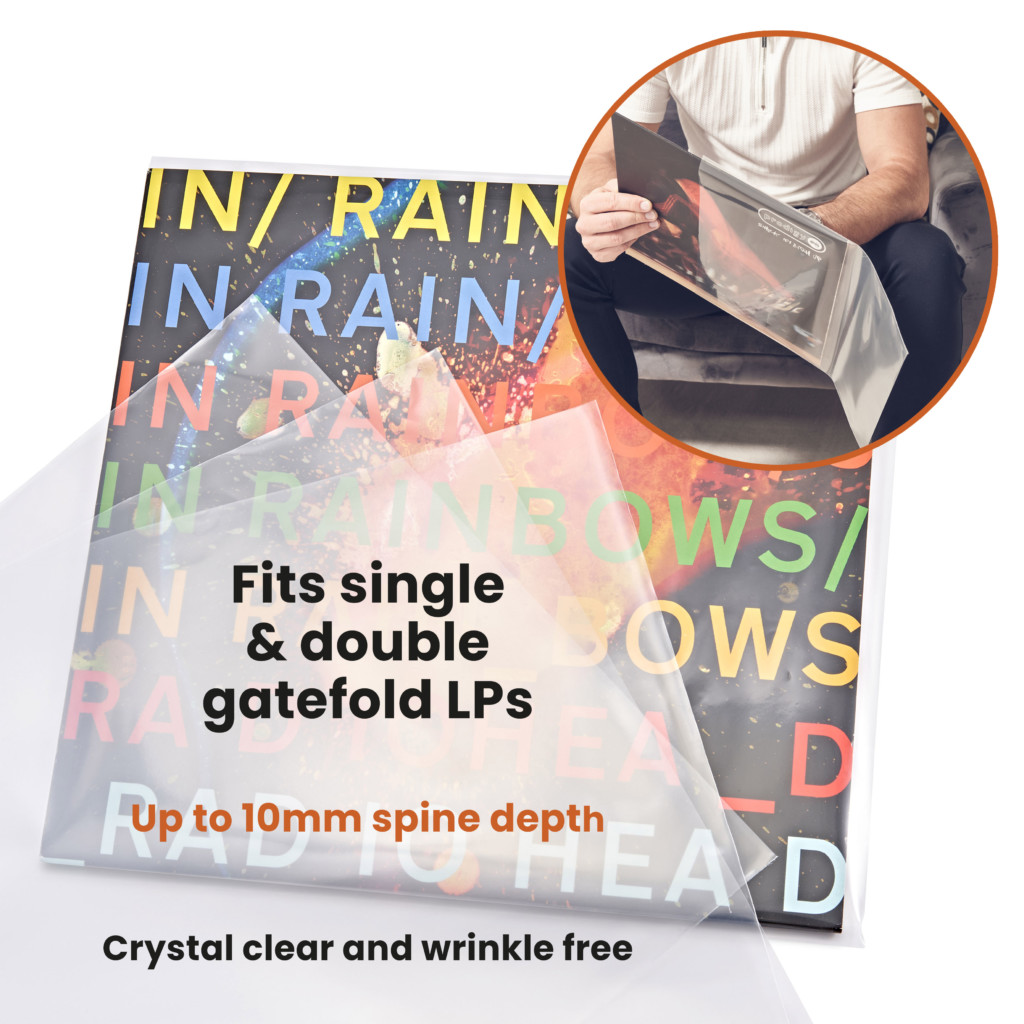
Here is where these plastic sleeves come in to store records properly over time. Though they are not just a pretty face and are in fact incredibly good at preventing the build up of dust and static when you are not listening to a record. Sure enough vinyl crackle as a result of static is going to occur no matter what, for static is imparted into the grooves of the disc through the needle, but this can be prevented as much as possible by using these kind of anti static sleeves.
Not only will the record’s sleeve be protected from outside influences and solar rays, but the inside disc’s eventual path to destruction will be slowed down that much more.
The polypropylene that these sleeves are typically made from have a devastating effect on any dust and static that feels like it might want to make friends with your records. Sure, the sleeve and the jacket in which the disc(s) reside(s) will do a good enough job of preventing dust and such from getting to your records in the interim, but do the right thing and protect those discs on all fronts.
Tackling Dust and Static Head On
If it is already too late to enact some preventative measures and the records in question are already laden with vinyl crackle whenever you play them, then you are going to have to tackle the problem head on and give your discs a thorough clean, of static and / or dust.
Plastic sleeves and acrylic platter mats are all well and good if you are trying to prevent the build up of static, but are not going to do all that much besides stop the flow of static traffic once it is already aflow.
There are other tools which, instead of seeking to prevent the build up of static, bear the brunt themselves of facing the already built up static. There is, for example, the anti static carbon fiber brush, which is designed to work simply by sweeping at a record, purporting to reduce static in a matter of seconds. They are relatively inexpensive and can be relied upon to do the job in a way that a homegrown method might not.
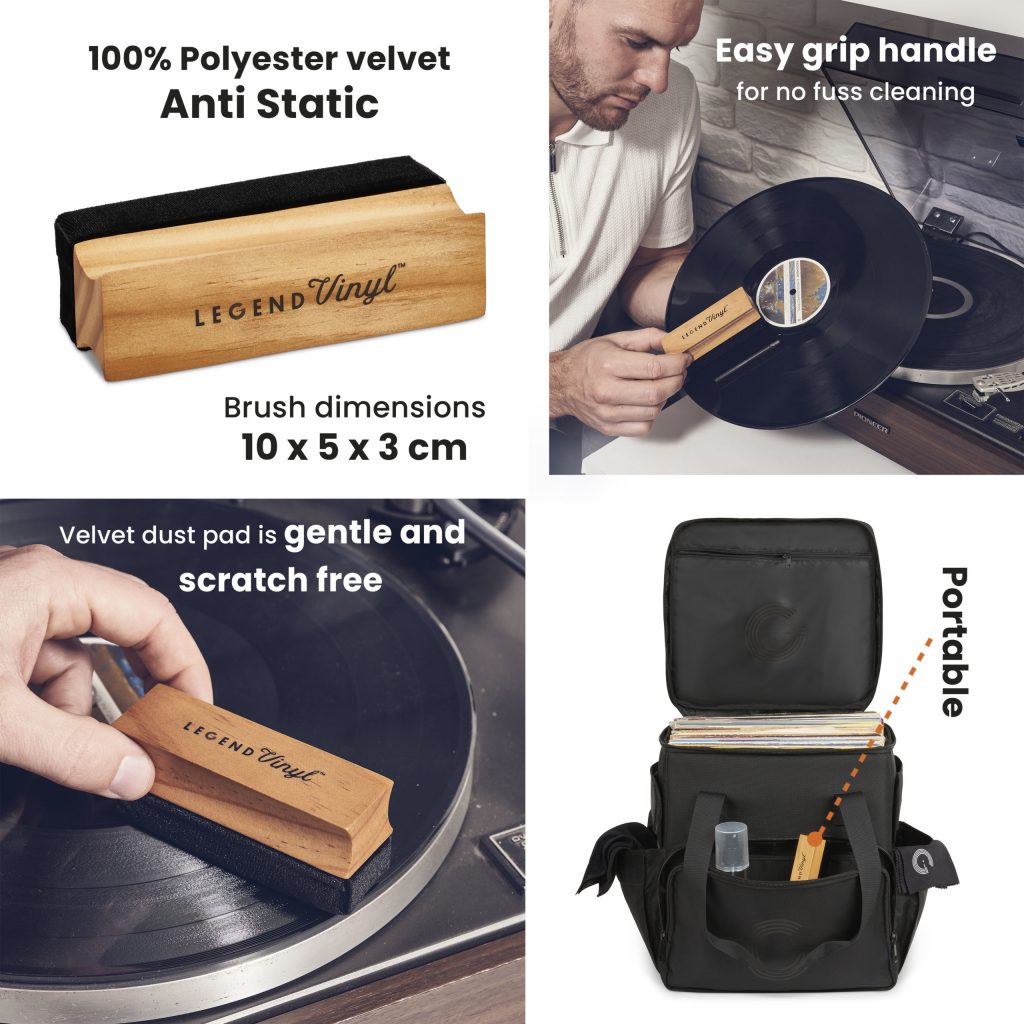
Both the disc and the turntable needle can act as gross harbingers of dust and dirt and we have all fallen prey to it and witnessed it in action at least once. If a disc is particularly stricken, we might even experience it several times throughout its duration, having to repeatedly lift up the stylus and blow a little, so that the dust gathering on the needle and leaving the record player sounds distorted are got rid of.
Thus, it can be useful to clean both the vinyl and stylus regularly with dedicated cleaning solutions and cleaning instruments. It can be all too tempting to make home brew solutions and to use things you have lying around the house to do the job, especially if you are looking to save a few pennies, but this can very easily lead to causing more damage than you would otherwise have done.
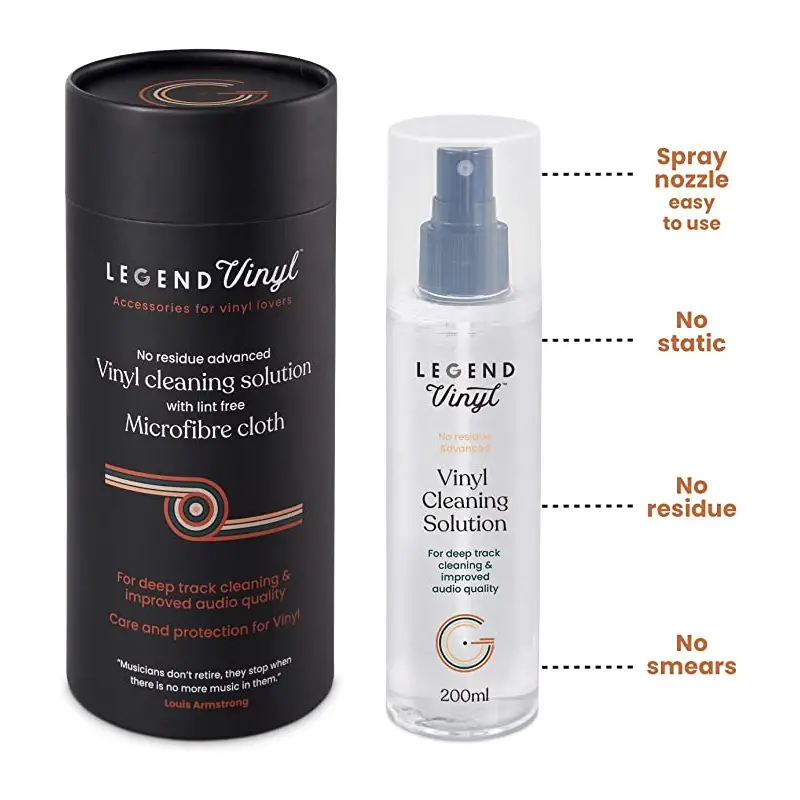
Final Tones
So, there you have it! Hopefully this explorative analysis of why vinyl crackle occurs in the wild and how you might go about preventing it has been of some use to you in your own musical peregrinations and vinyl collecting journey.
Perhaps are now feeling better equipped to tackle the ever frustrating vinyl crackle that seems to mar more and more of your records and record listening experiences. Or perhaps you are now feeling better equipped with the knowledge of how to do you records further injustice by submitting them to the various evils that occur behind the scenes of vinyl crackle. No matter your future path, I hope this collation of knowledge has been of some use to you here today.


